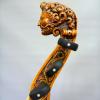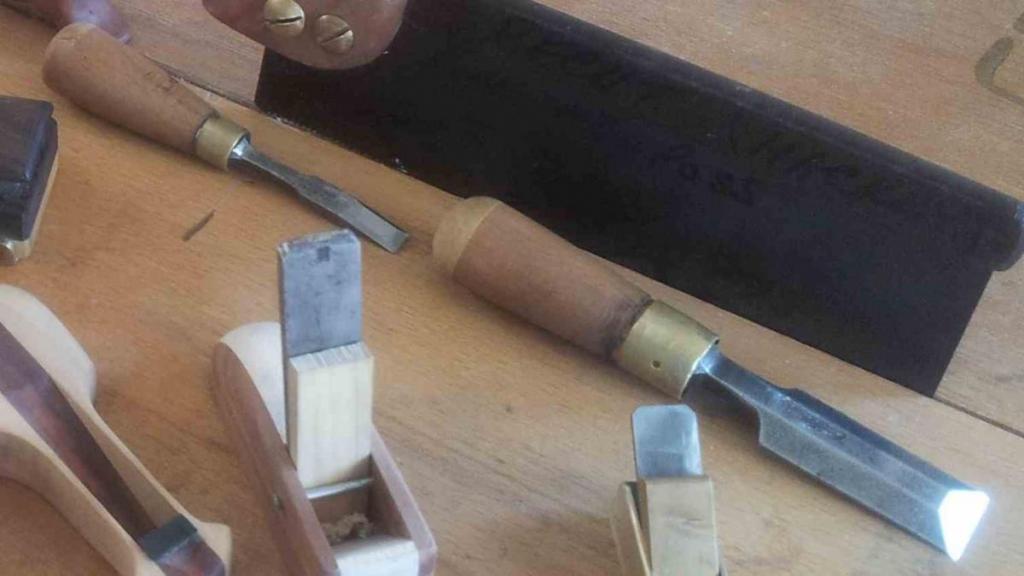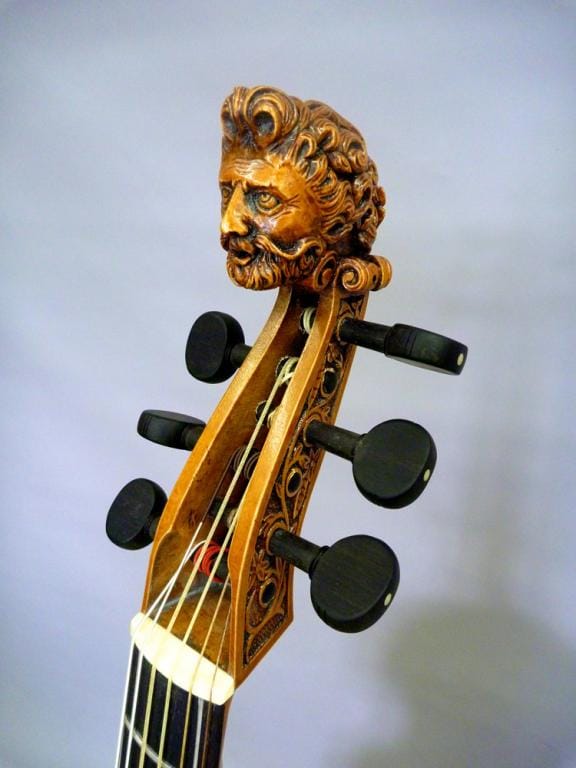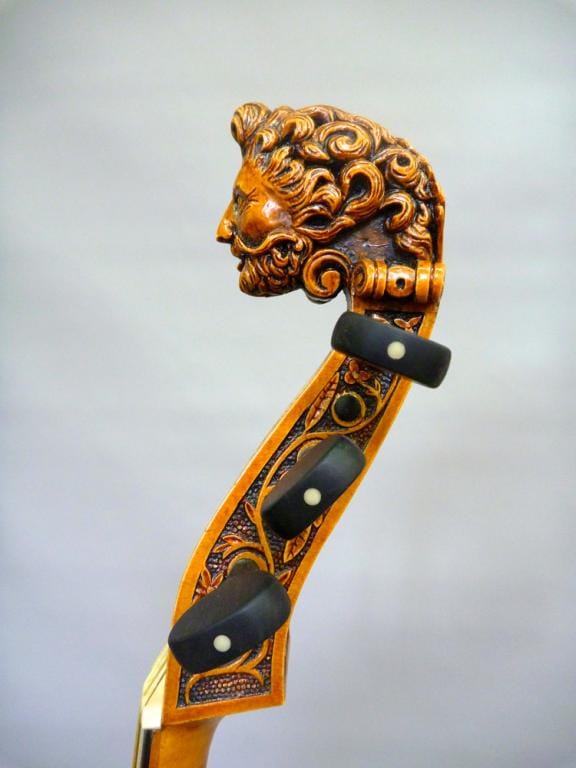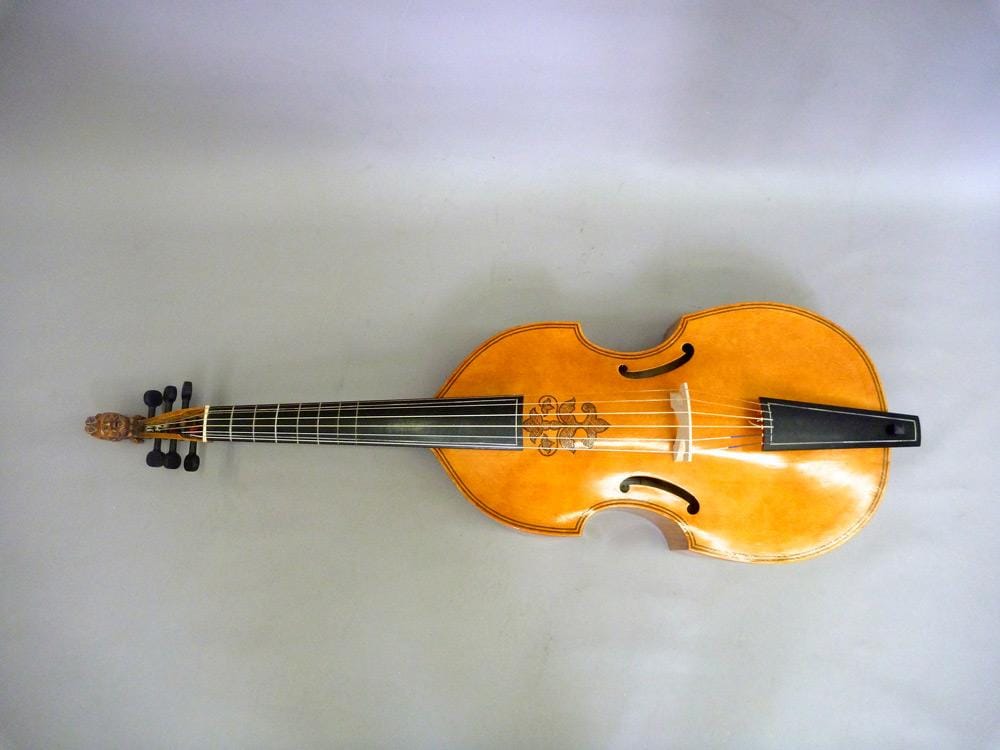-
Posts
13 -
Joined
-
Last visited
About duncumb.fc
- Birthday 03/31/1993
Profile Information
-
Gender
Male
-
Woodworking Interests
Luthiery
duncumb.fc's Achievements

Apprentice Poster (1/3)
5
Reputation
-
Glad to help! Fraser
-
Especially for smoothing planes, I'd ignore the toe... You start to suffer from the law of diminishing returns at that point... My smoother and block plane are both like that... My jointer however, I want it as flat as I can physically get it! Depth adjustment knobs on type 9s are theoretically the same as new ones, so any junk donor no.4 will fix it... At least until you find the period correct part The I can't see the damage on the frog and whether it needs replacing, but if it does, then I'm afraid that only a type 9 will do (unless I'm mistaken...). Frog designs changed quite often, and often with the structure of the bed under the frog. Lateral adjustment, I think personally I can do without... Tapping the side of the blade on the bench is pretty effective at doing the same job, and it's one less thing to have bend or break! That said, if you want one, I think you'd probably have to rivet one, but I dare say that any adjustment lever will work... Although having the spinning disc (rather than the bent end) is good, also the riveted flag rather than the bent ones... This puts you anything up to type 19... That said, I'm theorising here, I have a type 9 myself, but it didn't need that work doing to it! Fraser
-
One disadvantage I can see, of an otherwise great solution! How do you hold something that isn't square, or a uniform shape? When I carve the front of an instrument I put the two ends between the bench dogs so that the force runs down the centre line of the work... I think this would be much harder with the above method... Obviously not everyone needs to carve a front, but I am sure that there are other points when this might be a problem... Fraser
-
Back from the dead! It's satisfying isn't it? My local tool shop has a "chisels requiring attention" box where most things are 50p to £2. I've got loads of very useful stuff in there! These two chisels were from there, too short for normal use, so I made baby chisels! They're amazingly useful for getting into tighter spots! Fraser (P.s. sorry for the bad image quality)
-
Personally, I'm all for old chisels... They're generally inexpensive, they're generally made better, often the steel is a higher quality. The problem with new chisels is that they are not left to settle. Steel that is forged or cast gains stresses, which like wood, warp out over time. The old way to get around this was to leave the chisel, before grinding, for a year so that everything came out. The new way is to make the chisel thicker and heavier, so that it will move less. Personally, the weight balance of old chisels (I'm talking 1900-1920s here, bevel edged), and that the sides are often taken down to the thinnest edge, I don't believe they can really be beaten... Just my tuppence Fraser
-
You found them here I take it? I have very little experience with oil stones, only using them once or twice, but they seem very similar to water stones really... I reckon it would be fine, besides I've never heard anyone say "Oh no, I can't use A2 because I've got an oil stone"! Sadly not cheap, but for a stock removing, every day plane, I think they're perfect. For my jointing and smoothing I prefer either an old sweetheart (or earlier) Stanley USA blade, or out of the new bunch I'm very partial to the Clifton irons. Their hot forging process definitely seems to produce great results regarding edge sharpness... I can get the Clifton much sharper than any A2 blade I have, but obviously the blade wears back quicker as a pay off... Fraser
-
I got mine from Classic Hand Tools, but it definitely wasn't cheap... However, I'd still say worth it. I use a 1000 and 8000 water stone. Fraser
-
My stones, as well as everyone else's in the workshop are soaking 24/7. We use tap water in a big open tray. Unfortunately, we *always* forget to change the water, so we get algae after a week or two, but a quick changeover and this is no problem. Personally, I love being able to grab them... And if you're more diligent than us about changing your water then you're set to go! Bleach is probably a good idea though Fraser
-
When I joint fronts and backs, I use two different methods. (The Viola da Gamba has a carved top and a flat back) Backs are normally glued when around 4-5mm thick (and then the final thicknessing is done). We do this on a shooting board, which makes it easy to get square! Fronts are another matter. The wedges are often 30mm wide on the gluing edge, and the joint must be perfect. I personally have practised without a fence, and as previously said, when you identify the problem you can then start to work out how to sort it! Personally, I just check often with a square, and then often just thinking about planing it back the other way is enough, subconsciously our bodies can work it out! However, another method that works is to clamp the two boards to be jointed together in the vice, and plane them as one surface. Get them flat, not in wind etc. When they're perfect they'll fit together, whether square or not! This is because if there's an angle on one, there's the opposite angle on the other. Fraser
-
Just to jump in, I have an IBC Cosman blade in my jack. I've probably sharpened it once since the day I bought it, and I have used it fairly regularly over a year and a half. It's still pretty sharp. Yes I'm lazy, and I should have sharpened it many a time since then, but what I mean is that if you want a blade for a go to jack plane, they're fantastic. While I don't really rate A2 steel, they definitely aren't kidding when they say it has good edge retention! Fraser
-
Both of these can be done! I'm thinking of doing a 14 string viola d'amore anyway! The treble viol with a fish carving sounds ominous I've got 2 trebles to my name, but I'm afraid neither are fishy... Stephen's and Sandi's work looks great! I believe my cousin has one of their lutes! Fraser
-
Here are 3 pictures of my latest instrument. It's a Bass Viol (Viola Da Gamba) after Barak Norman, who was the last great English maker of Viols. I set up to take some good pictures, and when I saw them on the camera screen thought they looked great. Got them back to my computer and found they were almost all horrible. These are 3 that I think are passable! Fraser
-
Hi there, G S Haydon kindly led me here from UKWorkshop (where the resident troll under the bridge scared me away...) A bit about me, I'm a student, studying historical stringed instrument making. I specialise at the moment in Viola Da Gamba, which is a baroque and renaissance bowed cousin of the guitar, vaguely resembling a cello (though I hate to admit it!) I want to use what I learn of historical methods and instruments to influence my making of modern acoustic archtop guitars. I'm also a bit of a tool nutter. That's not to say I know a lot about them, just that they make me *cough* excited. Fraser


